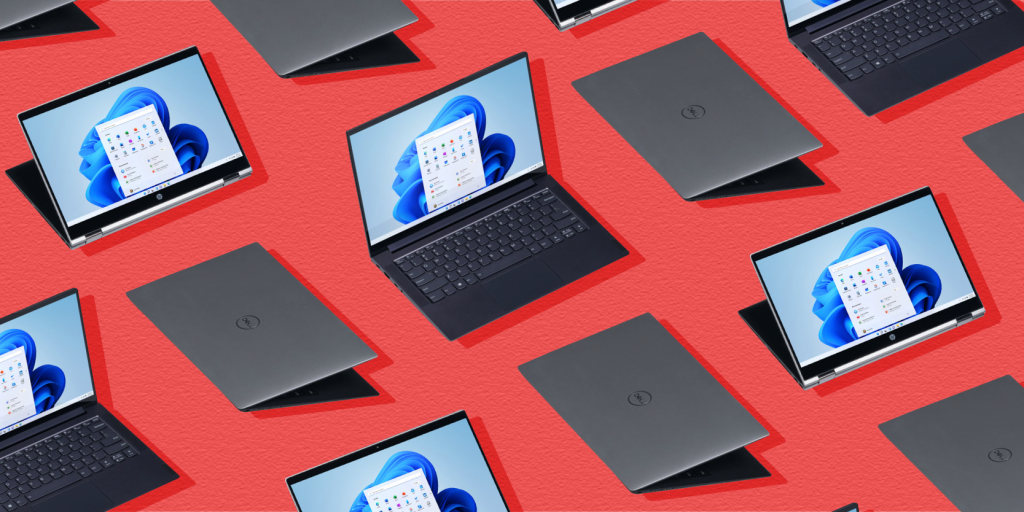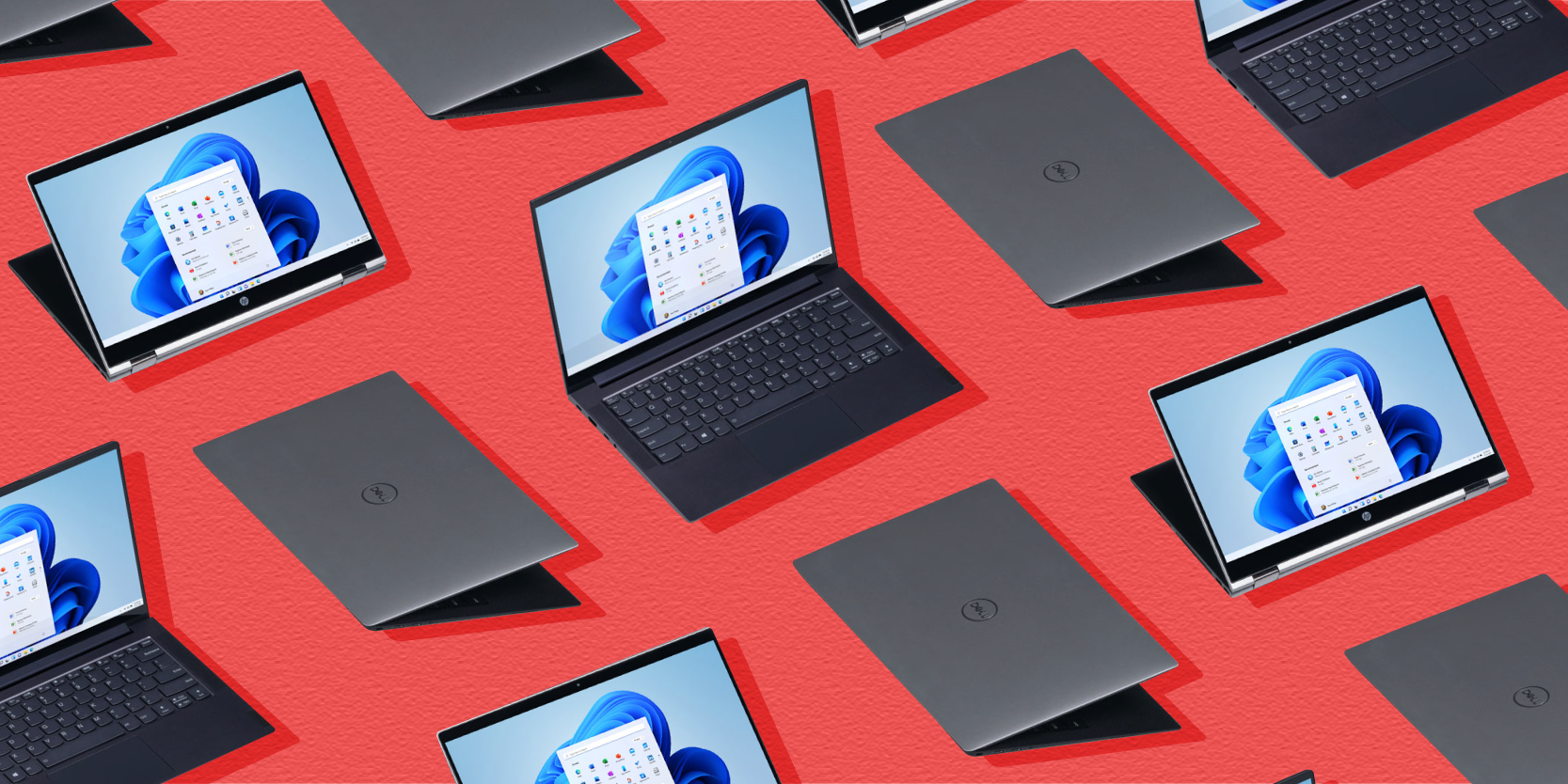
Microsoft; Rachel Mendelson/Insider
- Windows 11 is the newest version of the Windows operating system, and it's likely launching in October.
- Most users will be able to upgrade to Windows 11 for free, but it won't work on all computers.
- From a new Start menu to enhanced graphics, here's everything you need to know before Windows 11 drops.
- Visit Insider's Tech Reference library for more stories.
In June 2021, Microsoft officially announced the upcoming release of Windows 11, the latest major edition of their Windows operating system.
New editions of Windows are a big event. It's been six years since the release of Windows 10, and the computer world has changed a lot since then.
But what will Windows 11 mean for you? What's the difference between it and the operating system you've got now? And is your computer ready for the update?
Let's take a deep dive into Windows 11.
Windows 11: What to expect
As a successor to Windows 10, Windows 11 marks the first major update to the Windows platform since 2015.
Each version of Windows comes with its own changes and new features. That said, the majority of Windows 11's new features are aesthetic. Windows 11 looks more different than any Windows version before it, which might frustrate some longtime users.
Here are five big features coming to Windows 11:
- New Start menu and taskbar design: The Start menu is moving to the bottom-center of the screen instead of the bottom-left corner. You also can't move the taskbar to the sides or top of the screen anymore.
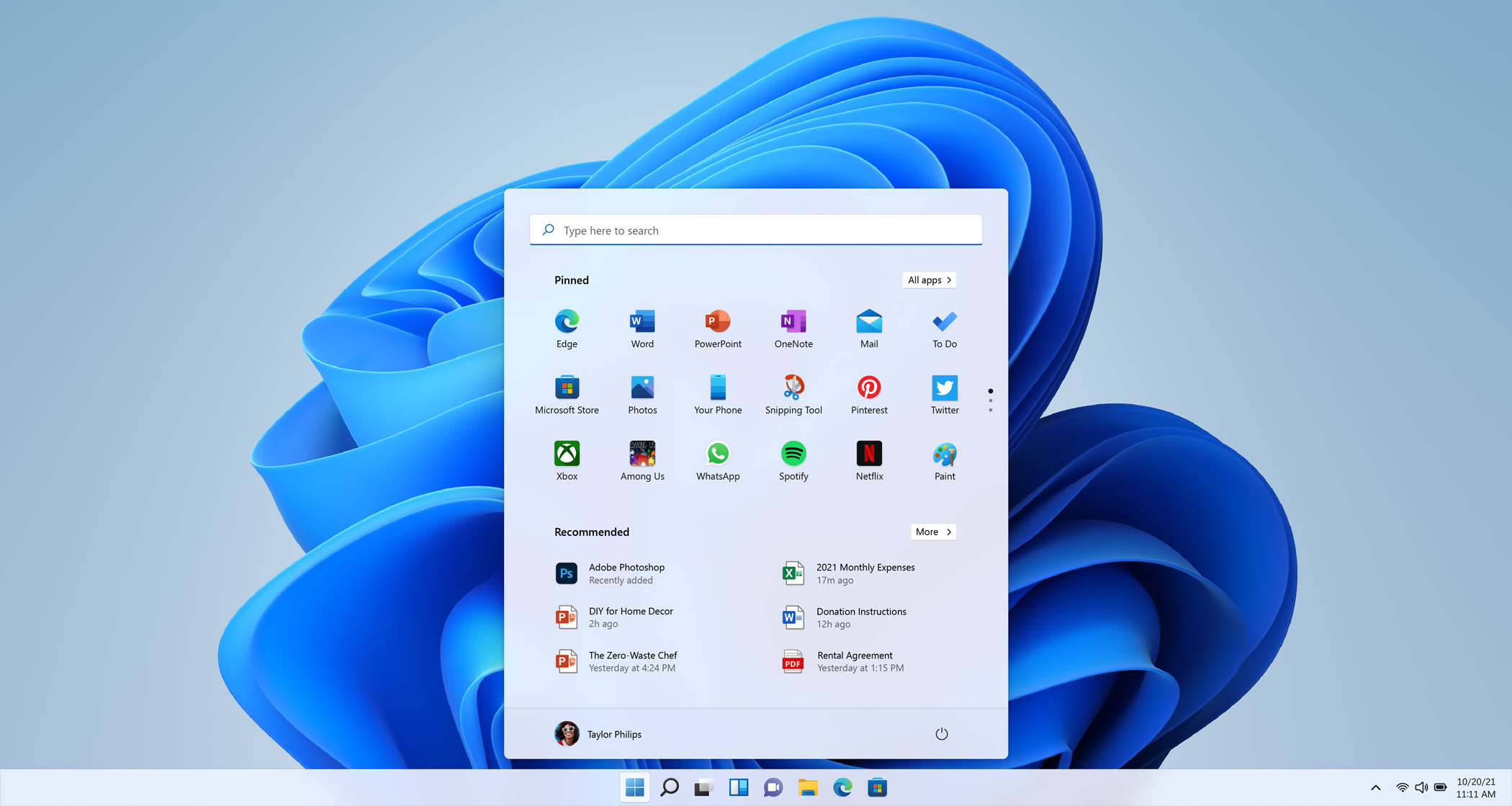
Microsoft
- Improved virtual desktop support: Virtual desktops let you have more than one desktop on the same screen. Windows 11 will let you rename these desktops, give them custom backgrounds, and switch between them more quickly.
- Revamped Microsoft Store with Android support: has been completely redesigned, and now includes Android apps. This means that if you have a favorite app on your Android phone - TikTok, for example - you'll be able to load it on your PC.
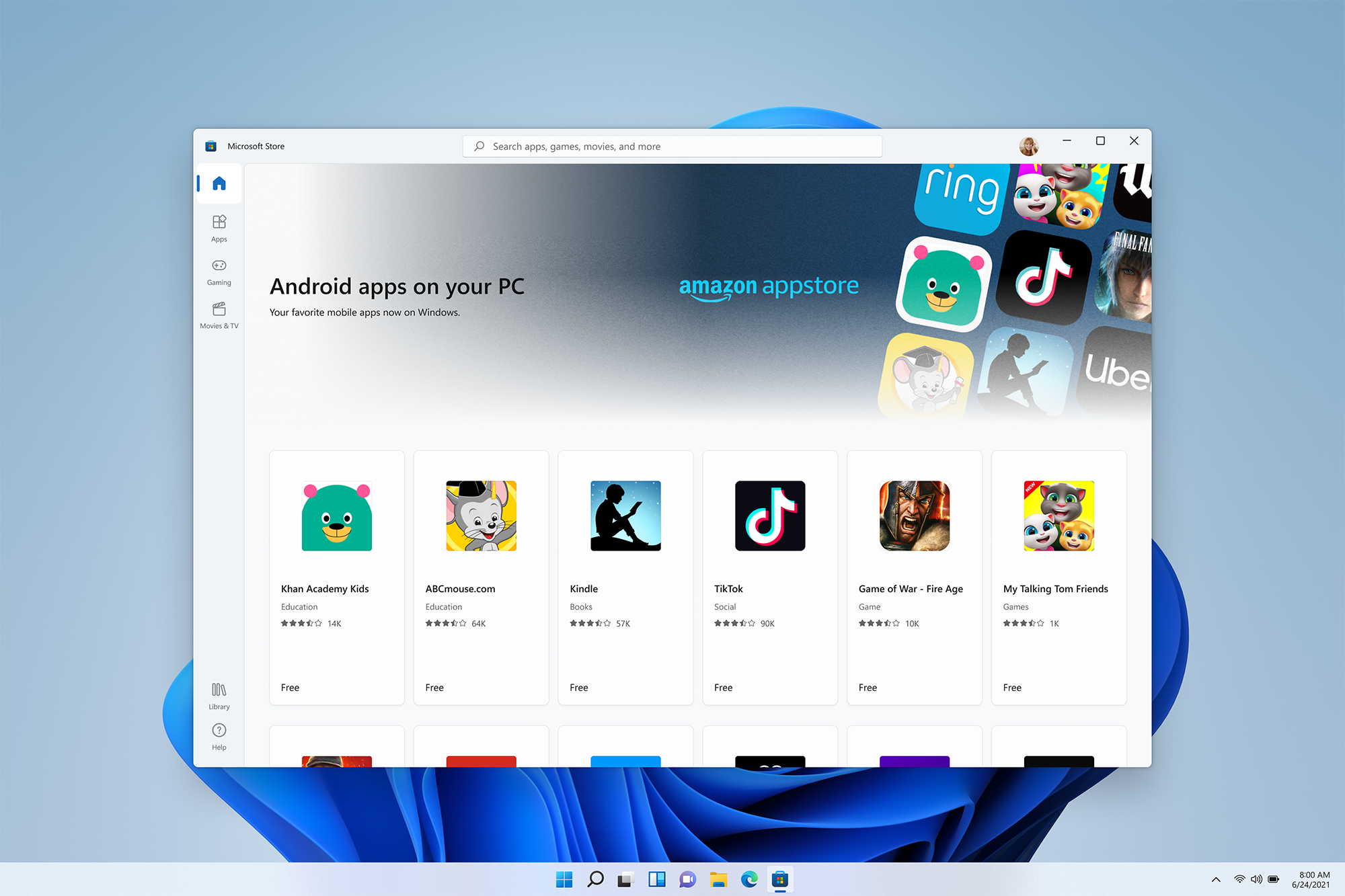
Microsoft
- "Snap Layout" multitasking tools: A new menu lets you quickly and more freely arrange all your apps on the screen at once. You can let each app take a quarter of the screen, let one app take half, and more.
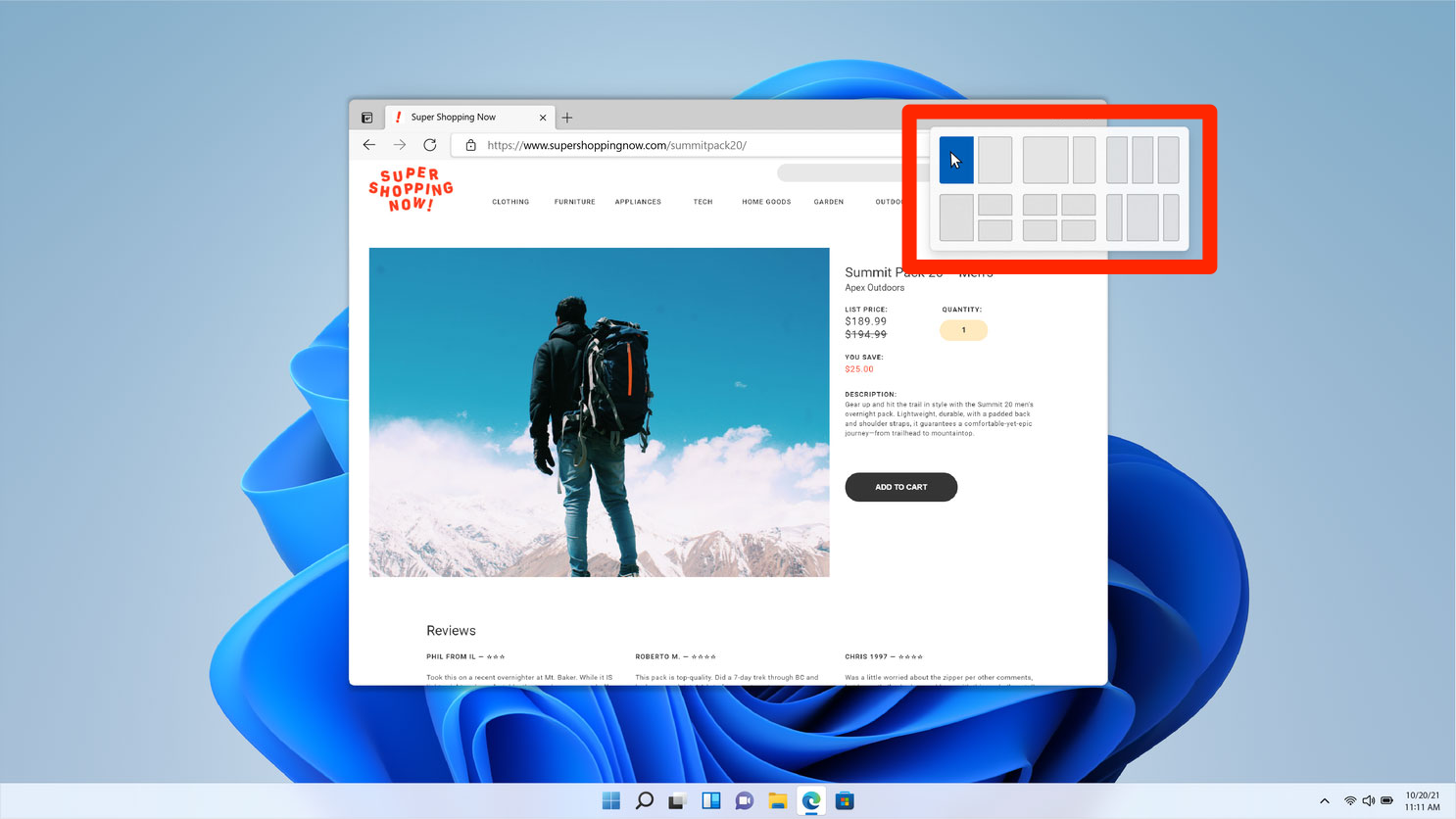
Microsoft; skitching by William Antonelli/Insider
- Better visuals: Under the hood, automatic HDR tech gives games and apps more vibrant graphics, and DirectStorage shortens load times.
Windows 11 release date
There's no official release date for Windows 11. But all signs are pointing to October 2021.
This October, retailers will start selling computers with Windows 11 installed. Current Windows 10 users will be able to upgrade for free in early 2022.
At some point after that, Microsoft will start selling Windows 11 by itself, likely for about $100 to $200. But Microsoft hasn't given any information about that yet.
If you're impatient, you can download the "Insider" build of Windows 11 right now. This is a beta version that doesn't have all the features you'll see in the final version. For more information on how to get this, check out our section below.
Windows 11 system requirements
If you've bought or built your computer in the last five years, there's a good chance that you'll be able to update to Windows 11.
Here are the exact specs you'll need:
| Computer Component | What you need for Windows 11 |
| Processor (CPU) | A compatible 64-bit processor with two or more cores, and a speed of at least 1Ghz; or a System on a Chip (SoC) |
| Memory (RAM) | At least 4GB |
| Storage space | At least 64GB - more will be needed for future updates |
| Graphics | Compatible with DirectX 12 or later, with a WDDM 2.0 driver |
| Motherboard | UEFI, Secure Boot compatible |
| Other requirements | TPM 2.0 module, HD monitor larger than 9'' diagonally |
You can find your computer's individual stats in a few different ways. If you bought a prebuilt PC, check out the manual or contact the manufacturer. If you built your PC or don't know which model you bought, you'll need to go through the Device Manager and look up your computer's components.
The TPM 2.0 module will be a sticking point for some users. The Trusted Platform Module is a device that's meant to keep your data secure and make sure your version of Windows is "authentic." Microsoft is including it to crack down on users running pirated versions of Windows, and encourage them to use more official Microsoft apps.
To check if you have a TPM 2.0, log into an Administrator account, press the Windows key + R, and search for tpm.msc. In the window that appears, if you see The TPM is ready for use, you've got a TPM module. If it also says Specification Version: 2.0, you've got a working TPM 2.0 module.
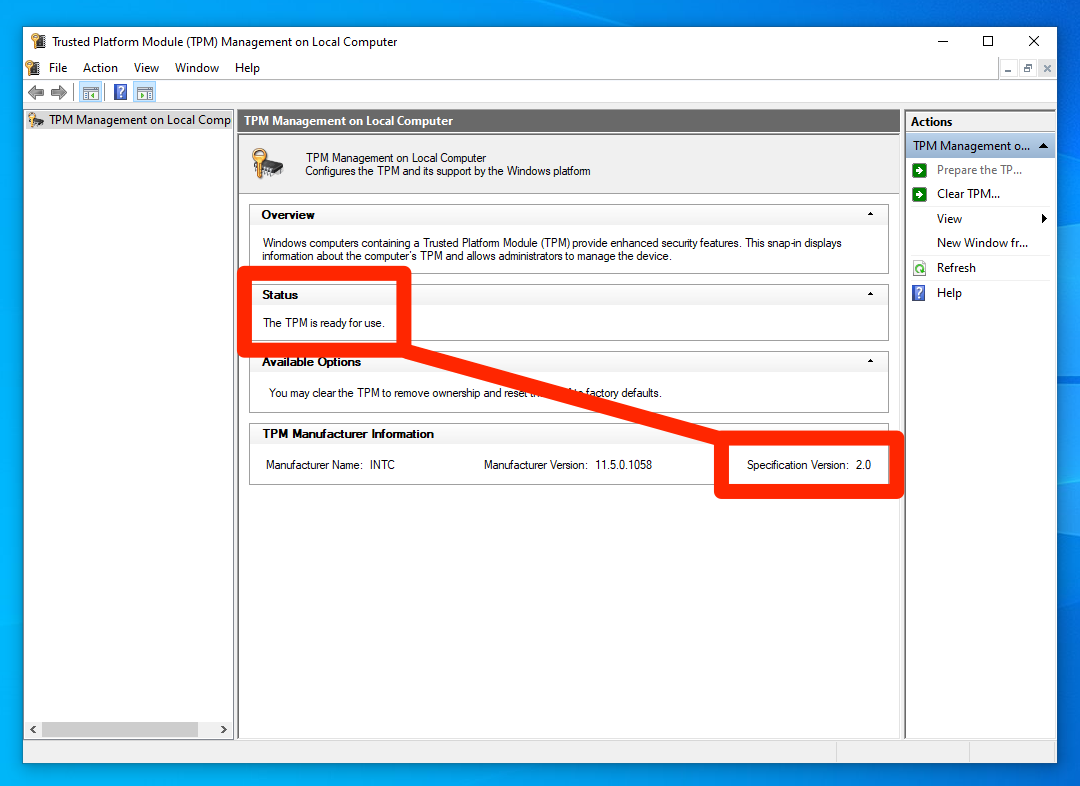
William Antonelli/Insider
If it tells you that you don't have a TPM module installed, also be sure to check your computer's BIOS. Your TPM might just be disabled.
Alternatively, you can use an app that will scan your PC and tell you if it can upgrade. Microsoft had released their own tool for this, but after users reported inaccurate results, they took it down. In the meantime, check out the open-source "WhyNotWin11" app - just scroll down to Download and click Download latest stable release.
What if my computer can't run Windows 11?
If you don't have the right setup for Windows 11, don't panic. Windows 10 is still a good operating system - there's a reason it's been the industry standard for six years.
Microsoft has promised to keep supporting Windows 10 users with updates and tech support until at least October 14, 2025. So don't feel pressured to buy a new rig just for Windows 11.
How to install the Windows 11 beta
In the lead up to Windows 11's public release, Microsoft is letting users download the Windows 11 Insider Build. This is a work-in-progress version of the OS that includes most of the final version's main features.
The Windows 11 beta is being distributed through the Windows Insider Program. To sign up, head to this page and click the Register option. You'll need to log in with your existing Microsoft account.
Once you've signed up, head to this page and click Flight now. Follow the instructions you're given, and you'll be running Windows 11 in no time.
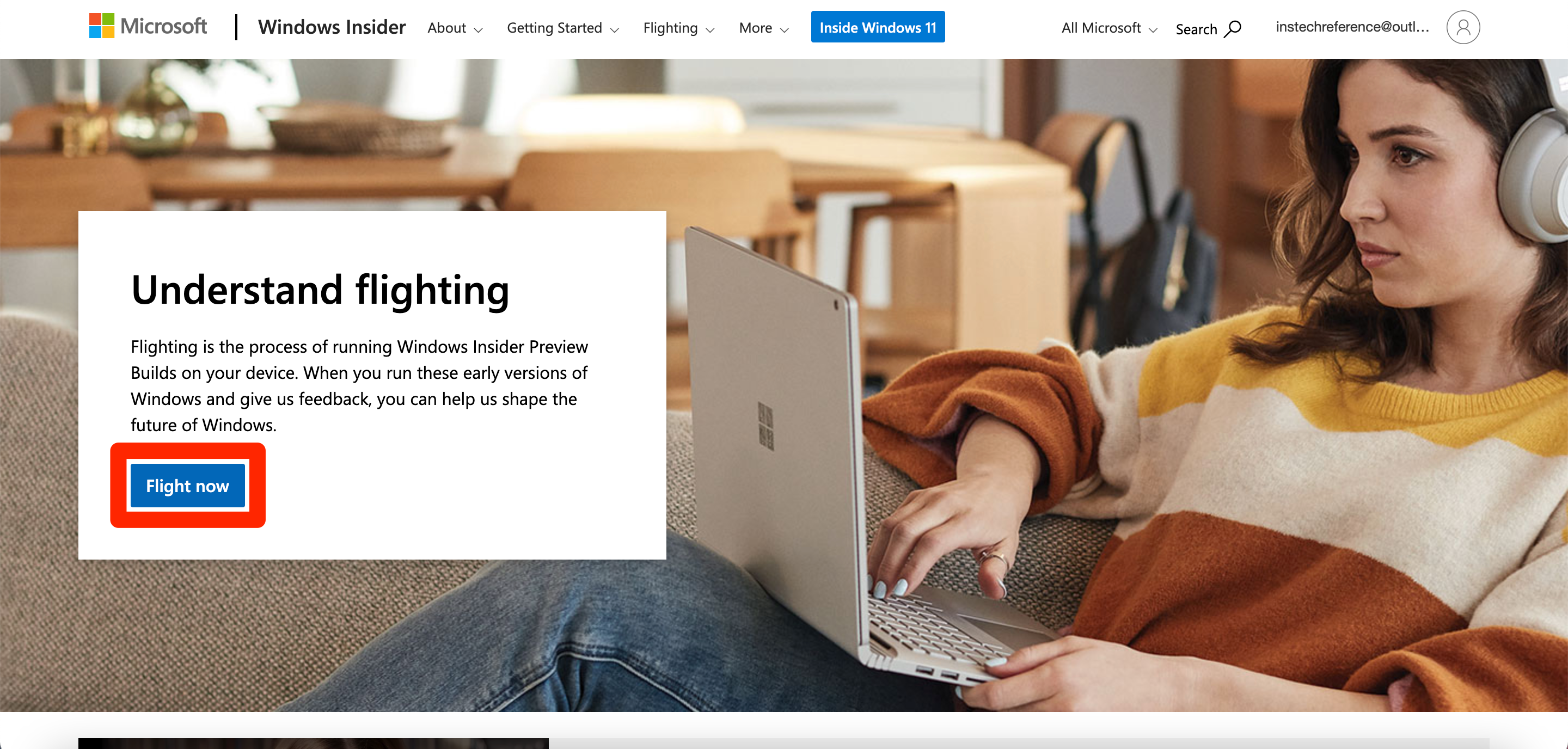
Microsoft; skitching by William Antonelli/Insider
As you use the Windows 11 beta, you might be asked to share feedback with Microsoft. There's no requirement to do this, but it's a great place to suggest new features.
